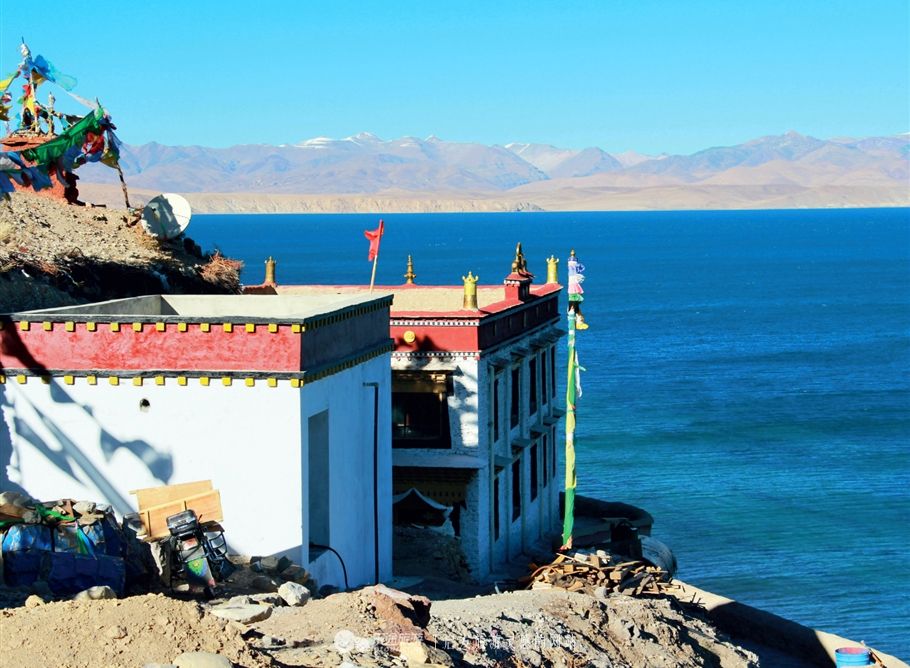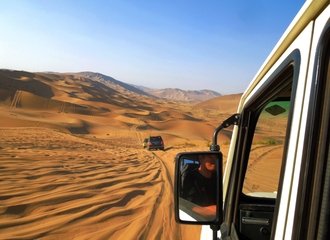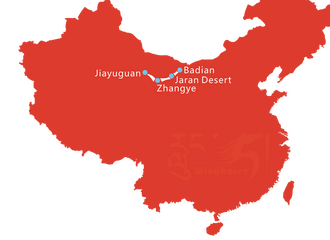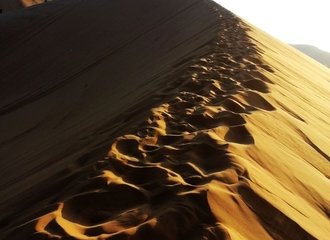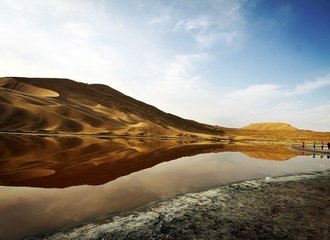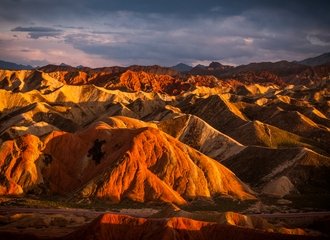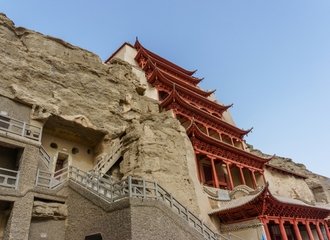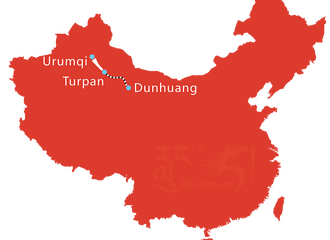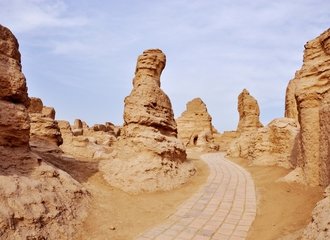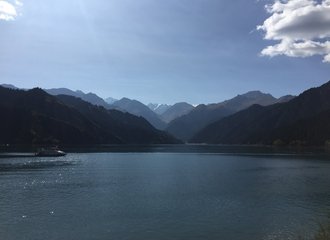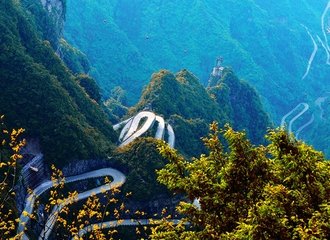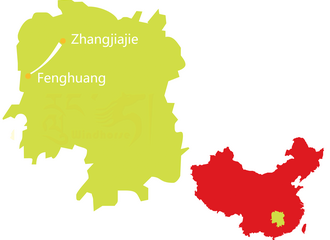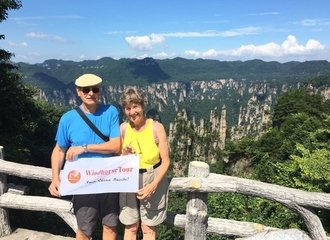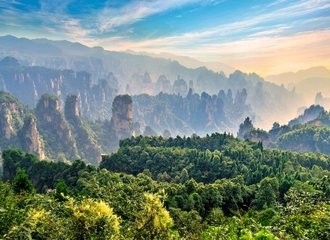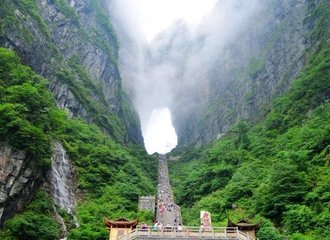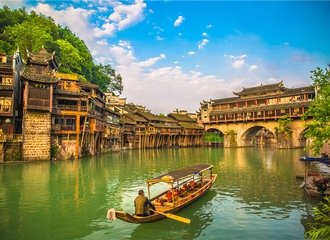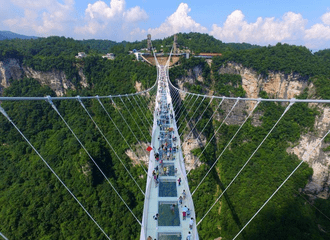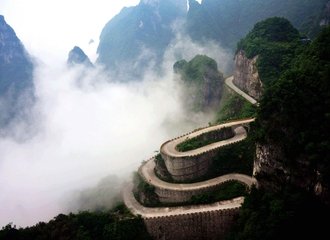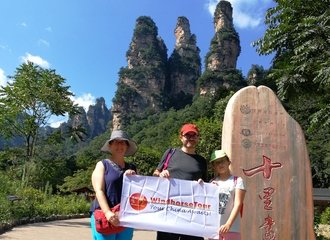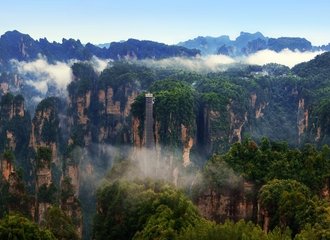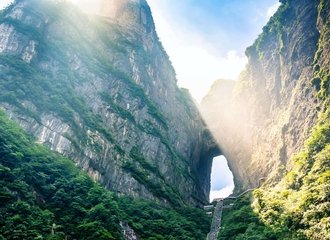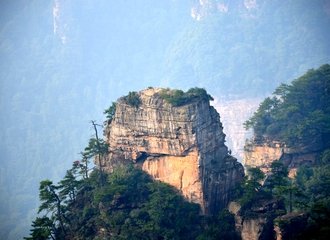Lake Manasarovar
Quick Facts About Manasarovar Lake
Location: Manasarovar Lake is situated near the town of Burang, close to Mount Kailash.
Altitude: The lake sits at an altitude of approximately 4,590 meters (15,060 feet) above sea level, making it one of the highest freshwater lakes in the world.
Religious Significance: Manasarovar Lake is considered sacred by several religions, including Hinduism, Buddhism, Jainism, and Bon. It is believed to be the abode of purity and is revered as a place of pilgrimage.
Mythology: According to Hindu mythology, the lake was created by Lord Brahma, and it is believed that taking a dip in its waters cleanses one's sins and brings spiritual benefits.
Connection to Mount Kailash: The lake is located near Mount Kailash, which is also a significant pilgrimage site. Many pilgrims visit both the lake and the mountain as part of their spiritual journey.
Size and Depth: Manasarovar Lake covers an area of about 320 square kilometers (123 square miles) and has a maximum depth of around 90 meters (295 feet).
Water Source: The lake is primarily fed by the melting snow from the surrounding mountains, ensuring its waters remain clear and pure.
Travel Requirements: Visitors typically need a Tibet Travel Permit, which must be arranged through a travel agency, and should be prepared for the physical challenges of high-altitude travel.
Overview of Manasarovar Lake
Lake Manasarovar (also called Mapham Yum-Tso in Tibetan) is 35 kilometers east of Burang County in the Ngari region of Tibet and 20 kilometers southeast of Mount Kailash. The lake has an area of 412 square kilometers and an elevation of 4,588 meters. It's the highest transparency and altitude of a freshwater lake in China. Join in our group tours for Tibet, and visit this sacred lake in Tibet.
Historical and Cultural Significance
In Tibet, early Bonists called it "Malco". According to legend, there are many treasures gathered at the bottom of the lake, named after the Dragon King "Malco". Mapham Yum-Tso was named after a religious war on the lake in the 11th century, which means "eternal and undefeated lake" in Tibetan.
The Buddhists regard Lake Manasarovar as the holiest lake in the whole world. The holy water can wash away the troubles and sins in the soul. The natural scenery around the lake is very beautiful. Since ancient times, Buddhist believers and Bonists have regarded it as the "world center" of the holy place and is one of the three "Sacred Lakes" in Tibet. It is also the birthplace of the four largest rivers in Asia.

Connection with Lake Rakshastal
Lake Manasarovar is linked to the smaller Lake Rakshastal ( known to Tibetans as Lhanag-Tso) by the channel called Ganga-chu. On rare occasions, water flows through this channel from Lake Manasarovar to Rakshas Tal; this is said to angur well for the Tibetan people. The channel had long been dry, but water has indeed been flowing between the two lakes in recent years. The two bodies of water are associated with the conjoined sun and moon, a powerful symbol of Tantric Buddhism.
Contrast Between Lakes
Lake Manasarovar is the most transparent freshwater lake in China, while Lake Rakshastal is 3 km away and is a saltwater lake. Lake Manasarovar is clear and peaceful all year round, but Lake Rakshastal is always dull in color and the waves are repeated. The believers consider the distance between the two lakes as between life and death.
Pilgrimage Practices
Along with Mount Kailash, Lake Manasarovar is a holy lake shared by different religions. Hindus believe that bathing in the lake and drinking the water can wash away sin and go to heaven finally. However, Tibetan Buddhists usually just walk or knock their heads to the lake to pray for blessings and do not go into the lake. In addition, there are a few Bon believers who still turn counterclockwise when they are doing a Kora.

Temples Around the Lake
There are 8 temples surrounding Lake Manasarovar, which are exactly distributed in all directions of the lake. The holy lake is about 60 kilometers in circumference. It takes about 3 days to do a Kora here. Please bring some food when you do a kora in Lake Manasarovar, usually clockwise. You will spend one night in the wild on the second day, other nights you will find some temples along the way and spend nights in these temples.
These temples are crucial stops for pilgrims performing the kora (circumambulation) around the sacred lake.
1. Chiu Gompa
Location
- Perched on a hill on the northwest shore of Lake Manasarovar.
Highlights
- Views: Offers breathtaking views of both Lake Manasarovar and Mount Kailash.
- Accessibility: One of the most accessible temples for visitors.
- Historical Significance: Believed to be built around a cave where Guru Rinpoche meditated.
2. Seralung Monastery
Location
- Situated on the eastern shore of the lake.
Highlights
- Peaceful Retreat: Known for its serene environment, it a peaceful retreat for meditation and prayer.
- Spiritual Importance: A significant stop for pilgrims seeking blessings and spiritual insight.
3. Gossul Monastery
Location
- Located on the southern shore of Lake Manasarovar.
Highlights
- Tranquility: Offers a tranquil setting, ideal for reflection and spiritual practices.
- Cultural Heritage: Houses ancient relics and artifacts significant to Tibetan Buddhism.
4. Trugo Gompa
Location
- Found on the southwestern shore.
Highlights
- Spiritual Refuge: Provides a calm and quiet atmosphere, perfect for spiritual refuge.
- Pilgrimage Site: Frequently visited by pilgrims for its religious significance.
5. Yerngo Monastery
Location
- Situated on the western shore of the lake.
Highlights
- Unique Perspective: Offers a unique perspective of Lake Manasarovar and the surrounding landscape.
- Sacred Atmosphere: Known for its sacred and peaceful atmosphere.
6. Dharma Monastery
Location
- Positioned on the northwest shore.
Highlights
- Spiritual Depth: A place of deep spiritual importance, attracting many pilgrims.
- Architectural Beauty: Notable for its beautiful architecture and intricate designs.
7. Langbona Monastery
Location
- Located on the northern shore.
Highlights
- Cultural Significance: Plays a significant role in the local cultural and religious practices.
- Scenic Beauty: Offers stunning views of the lake and the surrounding mountains.
8. Thugje Monastery
Location
- Positioned on the northeast shore.
Highlights
- Completion of the Kora: Often the final stop for pilgrims completing the Kora around Lake Manasarovar.
- Rich History: Holds a rich history and deep spiritual significance in Tibetan Buddhism.
- Spiritual Practices: Known for its vibrant spiritual practices and rituals.
Tips for Visiting the Temples
- Respect Local Customs: Dress modestly and follow local customs and traditions.
- Bring Offerings: Pilgrims often bring offerings such as incense, butter lamps, or small donations.
- Photography: Always ask for permission before taking photos, especially inside the temples.
- Accommodation: Some temples offer basic accommodation for pilgrims. It’s advisable to plan your stay.
- Food and Supplies: Carry sufficient food and water, as facilities may be limited around the lake.
For ordinary travelers, more shocking and attractive are the temples by Lake Manasarovar. They are both home to the local Tibetan Buddhism beliefs and a resting place for pilgrims and tourists. You can choose one or two temples to visit or drive around the lake one by one. Even if it is not because of faith, it is recommended to drive to the lakeshore, as it’s one of the best viewpoints to enjoy Mount Kailash in different directions and see the holy Gurla Mandhata (It is the highest peak of the Nalakankar Himal, a small subrange of the Himalaya).
Useful Travel Tips for Visiting Lake Manasarovar
- The best time to visit Lake Manasarovar is from late April to early October.
- The best way to enjoy Lake Manasarovar is to climb up to the Chiu monastery and you will have a good view of the lake or wander along the lakeshore.
- The shuttle bus along the lakeshore is often closed, travelers could have their private driver to complete the Kora of Lake Manasarovar if interested.
- Accommodations are poor, so it is best to bring easy-pack food and sleeping bags overnight. Due to the shortage of vegetables along the way, multivitamin medicines are highly recommended to bring.
- Please always prepare garbage bags for environmental protection.
